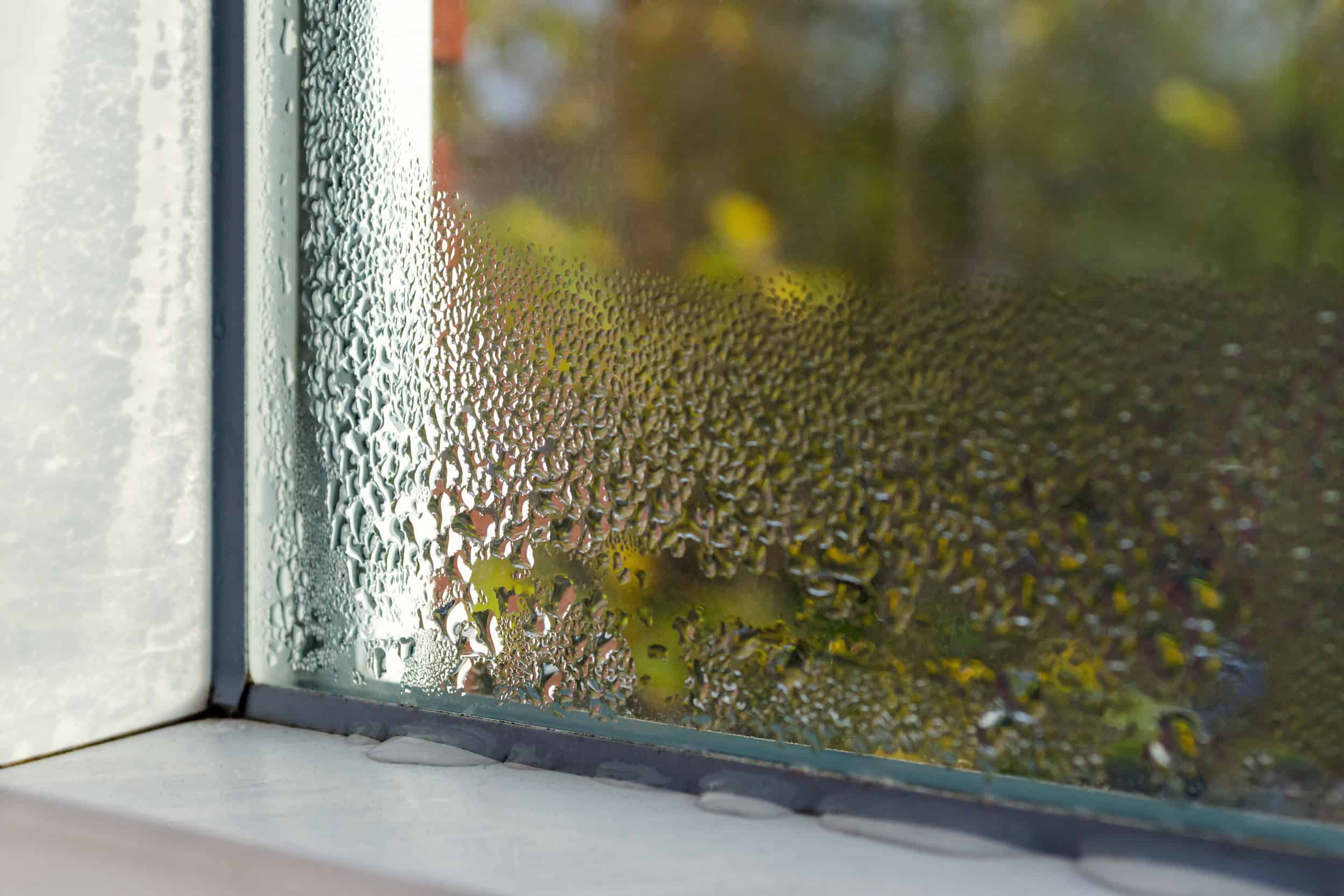Humidity can have a role in building maintenance, impacting our indoor air quality.
When it comes to understanding the science behind clean, breathable air, humidity definitely plays a part. The humidity of your air has an impact on its quality and what you breathe.
So it’s well worth understanding the role of humidity and how to keep your indoor air at the right level of humidity.

Impacts of Humidity on Indoor Air
Too much humidity can foster the growth of mold, spores and mildew.
You may have seen this at work in an abandoned building, or an unfinished space like a basement.
Overtime, heat or other factors produce humidity, which is often seasonal. In those damp conditions, the mold and mildew grow
People might not be aware. This is happening until someone starts to exhibit signs of illness or respiratory impairment.
Mildew and mold are particularly bad for people with allergies, asthma, and other respiratory challenges.
In some cases, indoor air quality can have a dramatic impact on health. People may need to move out of a situation where they’re being impacted by unhealthy contaminants.
Another problem is that humidity can cause different kinds of contaminants to sort of get trapped in the air and remain airborne, more likely to be in sometimes you can intuitively feel the negative effect of excessive humidity. It just feels more difficult to breathe and the body may respond with things like hives or stuffiness, or some other reaction.
On the other hand, new science is showing that drier air can be bad, too.
The abstract for a new study begins this way:
“Recent epidemiological and experimental findings reconfirm that low indoor air humidity (dry air) increases the prevalence of acute eye and airway symptoms in offices, result in lower mucociliary clearance in the airways, less efficient immune defense, and deteriorate the work productivity.”
It ends like this:
“The dilution of indoor air pollutants and virus aerosols by dry outdoor air ventilation should be assessed and compared with the beneficial health effects by control of the center zone of 40–60% RH, an essential factor for optimal functionality of the airways, and with the additional positive impact on acute symptoms, work productivity, and reduced risk of infection.”
Basically, what the study is saying is that people should think about excessively dry air as something that might need to be mitigated.
Humidity, Humidifiers and Dehumidifiers
Some people who are responsible for buildings run dehumidifiers to keep humidity at a manageable level.
Others run humidifiers to introduce more moisture into the air, where the air is too dry.
The general science shows that humidity should be maintained in a range from about 30 to 60%. The above study references a “Goldilocks zone” of 40%-60% relative humidity, although some feel that the number really should be a bit narrower, and that at 60% humidity, it’s usually worth dialing back the moisture in the air.
Running Humidifiers and Air Purifiers
So if your air is too dry, can you run a humidifier to get the air more humid, and also an air purifier at the same time?
Humidity can have a negative impact on air purifier units. It can cause problems with the HEPA filtration and other issues. It can also exacerbate problems with off-gassing for new units.
At the same time, if your air is too dry, you may be able to run a humidifier and an air purifier at once.
One rule of thumb is to keep that level of humidity under 50% – 60%.
Another thing is to place the two units separately, so that the humidity is not going directly into the air purifier unit.
With those tips, you may be able to set up both of these machines to do their work in the same indoor space, without affecting each other too much.
Another tip is to get the right kind of air purifier: for example, while high humidity might be bad for HEPA filtration or carbon activation, it can be good for systems that introduce probiotics into the air (check out our blog on probiotic air purification systems). The BetterAir Biotica 800 is one unit that you can look at for this type of functionality.
Look At Air Handling Units
When you need the right kinds of solutions for improving your indoor air quality, look for good air purifiers with HEPA filtration and carbon activation for different kinds of contaminants. Let US Air Purifiers LLC™ help you to select the right model for your needs.